中国和日本在缅甸
缅华网译自缅甸投资
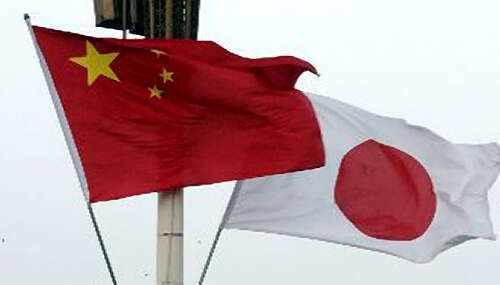
导读:自2015年以来,缅甸一直在走向市场化。缅甸还有巨大的潜力与中国进行结构升级,与其他国家地区也是如此。事情正朝着正确的方向发展。尽管罗兴亚危机爆发,中国和日本一直在帮助缅甸政府……
缅甸是日本和中国建立互信的好地方。两国一直在向缅甸提供技术,以改善其铁路系统,并修建一条新的运输走廊。两国之间没有恶性竞争,只有平稳的竞争。铁路和运输是缅甸转型所需要的两个重要项目。
北京与缅甸签署了一项期待已久的协议,将在印度洋上的皎漂镇建设一个深水港。与中国企业集团中信集团(CITIC Group)签署了一项基本协议,经过两年谈判,该港口的建设工作于2018年11月8日开始。中信集团董事长常振明表示,这意味着“进一步举措的开始”。签署这项协议是我们企业的第一步。
作为皎漂经济特区管理委员会(KSMC)主席的U Set Aung表示,未来还有各种各样的活动。他说,该项目不会构成缅甸的债务负担。他解释说:“我们进行了多次谈判,并承诺在此过程中保持透明度,以使该项目具有可持续性,并避免在目前和未来加重缅甸的负担。”
该项目旨在加强区域互联互通。皎漂经济特区是中缅经济走廊的一部分,该项目将造福缅甸人民,促进中缅友好。中信集团于2015年12月首次中标建设皎漂经济特区,当时预计投资70亿美元。
此后,缅甸全国民主联盟政府与中国国家投资公司中信集团进行数月艰难谈判,目的是将该财团在该港口的持股比例从85%降至70%,最后,中国同意接受在皎漂深水港70%的股权。剩下的30%将由缅甸政府和当地的上市公司承担。在上届政府执政期间,中信证券以85:15的比例赢得了最初的港口建设招标。
与此同时,根据工业部长U Khin Maung Cho透露,这个深海港口的开发将按原计划分四个阶段进行,但第一个阶段已经缩小规模,预计将耗资13亿美元。这将涉及建造一个可容纳2-3艘船只的码头。来自云南省省会昆明的中国石油公司将参与油气运输。
该港口将成为中缅经济走廊的重要组成部分。中缅经济走廊将通过铁路和高速公路连接皎漂和中国边境。一旦建成,这条走廊将使中国内陆地区直接进入印度洋,并成为习近平主席标志性的“一带一路”倡议的象征。
从皎漂到中国内陆的石油和天然气管道已经开通。这条路线避开马六甲海峡,与缅甸在石油、天然气和该地区所有关键的海上出口领域建立联系,这除了符合中国的利益,也将造福缅甸的经济发展。
然而,日本准备升级从仰光到曼德勒的铁路,这条铁路长达620公里,是最长的线路。中铁尔源工程集团和缅甸铁路两家国有企业于2017年10月22日签署了一项协议。北京庞大的贸易和基础设施推动了“一带一路”倡议。这将在很大程度上增加人们的交通和货物运输。
曼德勒是进入木姐之前的重要一站。缅北木姐和曼德勒省之间的地区,被认为对改善缅甸与东南亚国家之间的联系至关重要。
它也是中缅经济走廊的一部分,连接云南与缅甸的经济走廊全长1700公里,从昆明到曼德勒,然后东至仰光和西至若开邦皎漂经济特区,中国希望建立一个深水港口,在那里已经有一个跨国的石油管道。
自2015年以来,缅甸一直在走向市场化。缅甸还有巨大的潜力与中国进行结构升级,与其他国家和地区也是如此。事情正朝着正确的方向发展。尽管罗兴亚危机爆发,中国和日本一直在帮助缅甸政府。
2017年10月9日,日本、柬埔寨、老挝、缅甸、泰国、越南等国元首在东京举行“日本——湄公河峰会”,就“东京战略2018”达成共识。该战略包括,为国家和民族发展提供合作,如人力资源、基础设施和其他方面。缅甸重视与日本的合作,而西方在缅甸罗兴亚侵犯人权问题上一直孤立缅甸,中国和日本为缅甸提供了巨大的缓冲。
本文作者是伊斯兰堡战略研究所的顾问。他撰写东亚事务和中国方面的文章。
附原文:
Since 2015, Myanmar has been heading toward a market approach. There is also huge potential for the country to upgrade its structure with China, and also within the rest of the country. Things have been moving in the right direction. China and Japan have been assisting Myanmar’s Government despite the Rohingya crisis
Myanmar is a good destination for building confidence and trust, between Japan and China. Both nations have been offering technologies to Myanmar to revamp its railway system and built a new transportation corridor. There is no rivalry but a smooth competition between the two nations. Railway and transportation are two important projects needed to transform Myanmar.
Beijing inked a long-awaited deal to build a deep-water port in the town of Kyaukpyu on the Indian Ocean. There was a basic agreement signed with the Chinese conglomerate CITIC Group and the work began on the port on November 8, 2018, after two years of negotiations. Chairman of CITIC Group Chang Zhenming said this meant, “The beginning of further steps. Signing this agreement is the starting step for our businesses.”
There are various activities ahead, he remarked. U Set Aung, as Chair of Kyaukphyu SEZ Management Committee (KSMC), said the project will not amount to debt burden for Myanmar. “Many negotiations were made to make the project sustainable and to avoid burdening Myanmar, in the present and in the future,” he explained, pledging transparency in the process.
The project is designed for greater regional connectivity. The Kyaukphyu SEZ is part of the China-Myanmar Economic Corridor, and the project will benefit the people of Myanmar and promote the China-Myanmar friendship. CITIC Group initially won the tender to construct the Kyaukphyu (SEZ) with an estimate investment of US$ 7 billion in December 2015.
The development comes after months of difficult negotiations between China’s state investment vehicle CITIC Group and the NLD-Government to reduce the Chinese consortium’s stake in the port from 85 percent to 70 percent. The Chinese have since agreed to accept a 70 percent stake at the deep sea port in Kyaukphyu. The remaining 30 percent will be taken up by the Myanmar Government and local public firms. Under the previous Government, CITIC had won the original tender to build the port based on an 85:15 ratio.
Meanwhile, development of the deep sea port will take place in four stages as originally planned, but the first phase has been scaled down and is now expected to cost US$ 1.3 billion, according to U Khin Maung Cho, Minister of Industry. This will involve the construction of a terminal with the capacity for 2-3 vessels. Chinese oil companies from Kunming, capital of Yunnan province in China, will be involved in oil and gas transportation.
The port will be a crucial piece of the China-Myanmar economic corridor, which will connect Kyaukpyu and the Chinese border via rail and highways. Once completed, the corridor will give inland China direct access to the Indian Ocean, and be a symbol of President Xi Jinping’s signature Belt and Road Initiative.
Already, pipelines are running from Kyaukpyu to inland China, transporting oil and gas. This route bypasses the Straits of Malacca — any future troublesome point to offset the business. This is in China’s interest to avoid the Malacca point and get connected with Myanmar for oil and gas and all crucial maritime exports in the region. The project has the potential to transform the economy of Myanmar.
Yet Japan is ready to upgrade the railways from Yangon to Mandalay, which is going to be 620 km long which is the longest route. Two state-owned companies, China Railway Eryuan Engineering Group and Myanmar Railways, signed an agreement on 22 October 2017. Beijing’s vast trade and infrastructure push the Belt and Road Initiative. This will increase people’s traffic and goods transportation to a large extent.
Mandalay is an important point before going into Muse. The north of the country between Muse and Mandalay is seen as crucial to improving the connectivity of the South East Asian nation.
It is also part of the China-Myanmar Economic Corridor — linking Yunnan with key in Myanmar — under the economic corridor spans 1,700km — from Kunming to Mandalay, then east to Yangon and west to the Kyaukpyu Special Economic Zone in Rakhine State, where China wants to build a deep water port and where it already has a cross-border oil pipeline.
Since 2015, Myanmar has been heading toward a market approach. There is also huge potential for the country to upgrade its structure with China, and also within the rest of the country. Things have been moving in the right direction. China and Japan have been assisting Myanmar’s Government despite the Rohingya crisis.
The heads of State of Japan, Cambodia, Laos, Myanmar, Thailand, and Vietnam met in Tokyo for the Japan-Mekong Summit on 9 October 2017, and reached an agreement on the “Tokyo Strategy 2018.” The strategy includes cooperation for the nation-state development, such as human resources, infrastructure, and others. Myanmar prioritizes cooperation with Japan, while the West has been isolating Myanmar on human rights violation of Rohingya, China and Japan provide a great cushion to the country.
The writer is a Consultant at the Institute of Strategic Studies Islamabad. He writes on East Asian affairs and China.
评论列表 共有 0 条评论
最新导读

热门文章


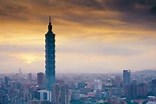
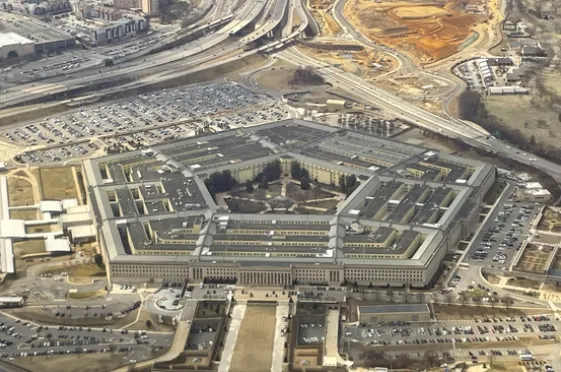
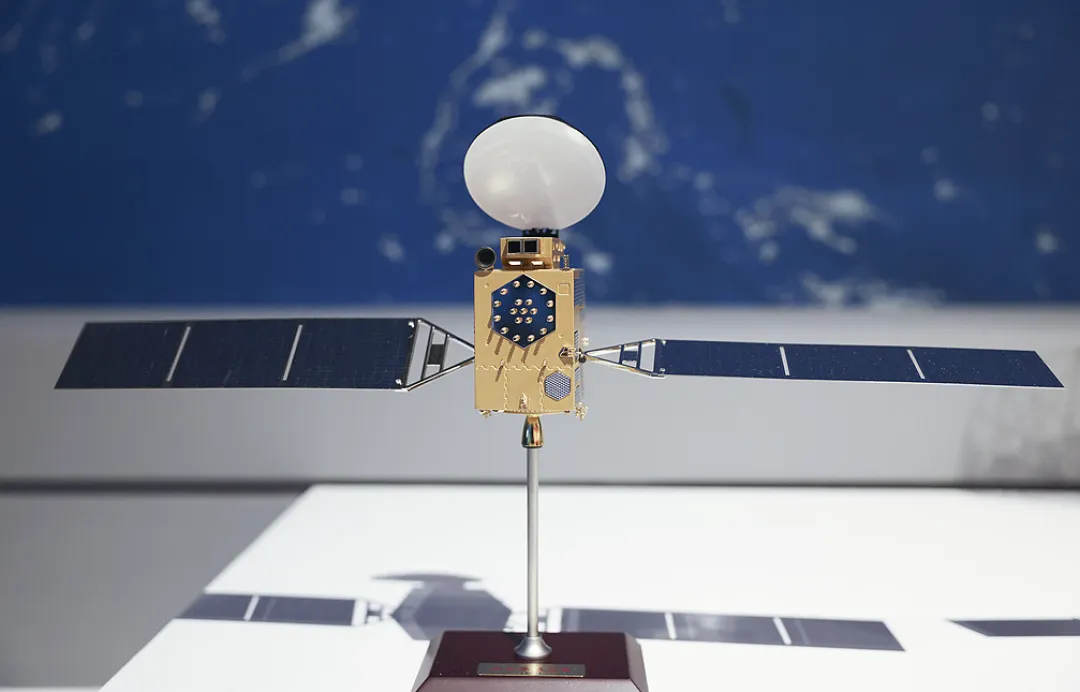
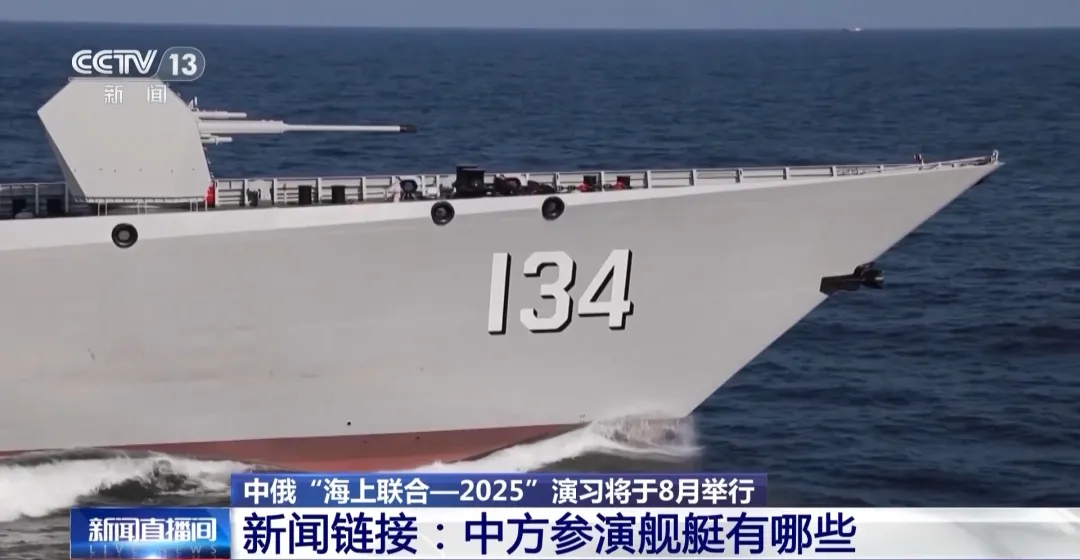
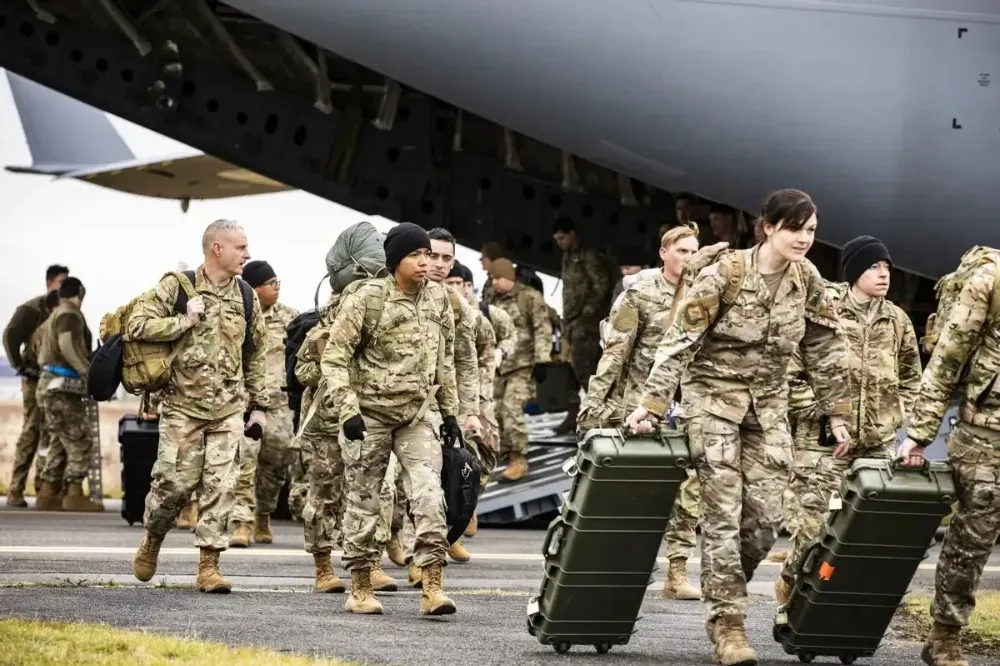
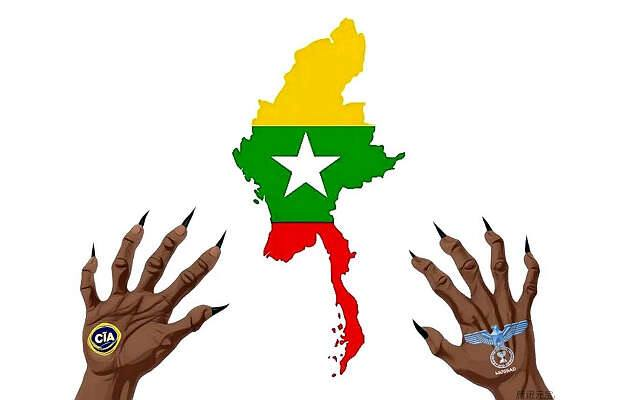

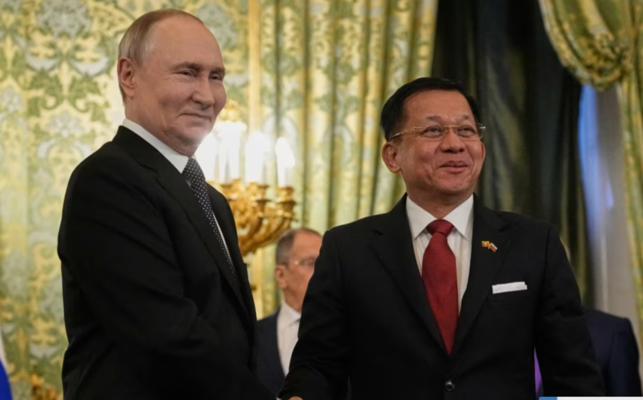
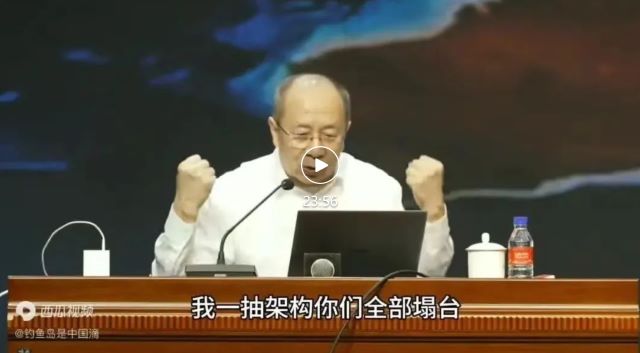
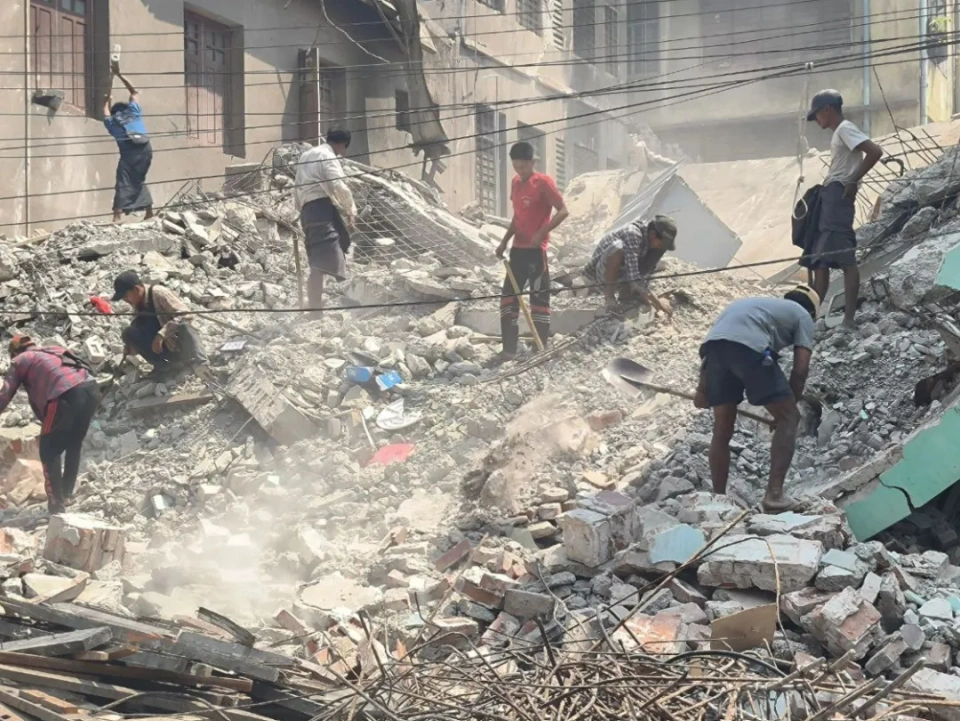




发表评论 取消回复